 Previous Article
Previous Article
Decking vs. Paving: A UK Expert's Guide to Outdoor Flooring (2025)
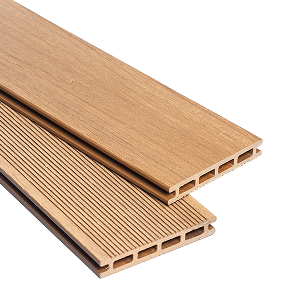
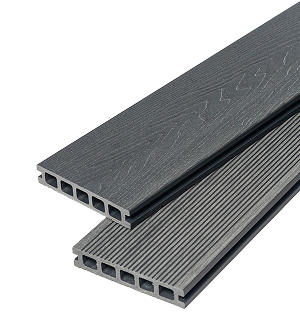
The reason for this is simple. Composite decking is made from a mix of recycled HDPE plastic and wood fibres. Like most plastic-based products, these boards expand in the heat and contract in the cold. While a seamless, no-gap look can be visually appealing at first, it leaves no room for the material to move during seasonal temperature changes. As a result, the boards have nowhere to go and begin to push against each other, which can lead to them lifting, warping, or even splitting.
Installing composite decking with the correct expansion gaps is therefore critically important.
Expert Tip: If composite decking is not installed according to the manufacturer’s guidelines for expansion gaps, it will almost certainly invalidate the warranty.
On this page, we’ll walk you through the recommended expansion gaps, explain why they are so important, and provide expert tips on how to fix warped boards if this has already occurred.
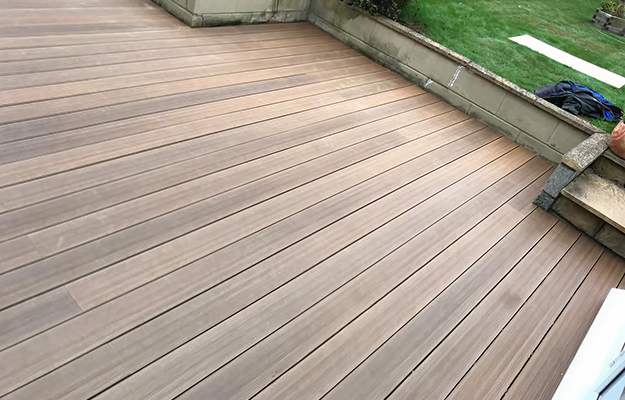
Before we detail the required gaps, it’s important to note that these are our recommendations based on our products. We make this clear because, over years of designing and developing composite materials, we know that expansion rates can differ depending on the quality of the supplier’s decking.
Another key point is to understand the type of composite decking you are installing. Capped and uncapped boards have different expansion rates. For example, based on EN15534 linear thermal expansion testing:
As you can see, the specific board and supplier you choose matters. Wherever you purchase your composite decking, ensure you ask the supplier for their product’s recommended expansion rates.
| Gap Location | Required Minimum Spacing | Key Purpose |
|---|---|---|
| Gap Location | 6mm (Capped) / 8mm (Uncapped) | Prevents boards from warping, lifting, and splitting at the ends. |
| Side-to-Side (Width) | 3mm | Allows for drainage and sideways expansion. |
| Against a Solid Wall | 20-25mm | Prevents the entire deck from putting pressure on your property. |
| On Angled Cuts (Mitre Joint) | 6mm | Allows for movement on diagonal or picture-frame joints. |
For a truly professional installation, you can adjust the end-to-end gaps based on the ambient temperature when you are fitting the boards. As the boards will be expanded in hot weather and contracted in cold weather, adjusting the gap size accordingly is an expert-level technique.
Our recommended end-to-end gaps based on temperature are:
Understanding what plays a role in the movement of composite decking will give you valuable insight before you make your purchase and during installation.
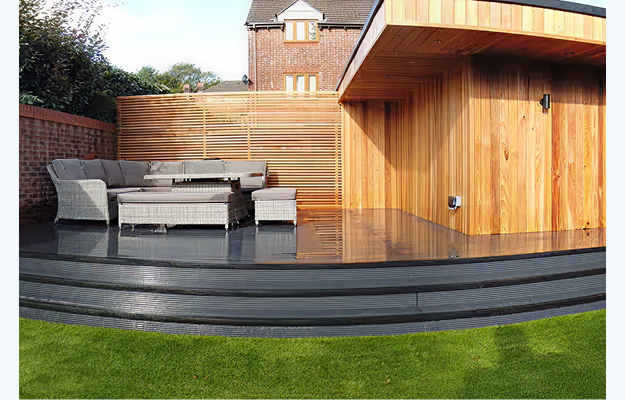
Due to its composition, composite decking experiences thermal expansion. Higher temperatures will cause a slight increase in the board’s length and width.
Your chosen colour also affects the expansion rate. Darker colours absorb more heat from the sun, leading to slightly higher expansion rates compared to lighter-coloured boards. This is an important factor for decking that is in direct sunlight all day.
If your planned decking area has no natural shade, consider implementing shade design ideas into your garden, such as a pergola, large umbrella, or hanging parasol.

So, what happens if you ignore the rules? The answer is simple: the boards will eventually lift, warp, or crack. This damage can occur within six months or take several years, but in most cases, the effects are irreversible.
When the correct gaps are not left, pressure builds up as the boards have nowhere to move when exposed to heat. This creates immense stress on the boards and fixings, increasing the likelihood of warping, bending, and splitting.
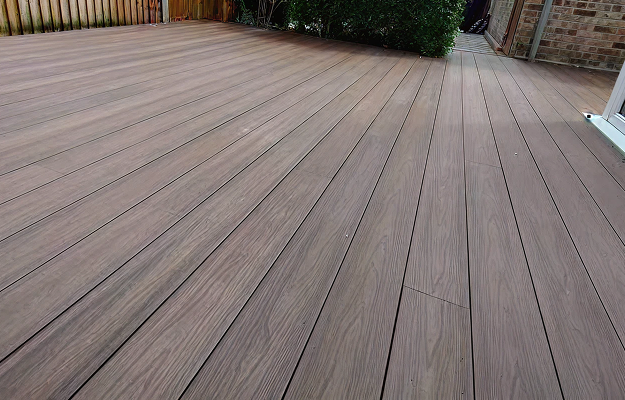
If you see that your boards do not have the required 6-8mm end gaps, 3mm side gaps, or 20-25mm gap against fixed objects, call your fitter immediately or re-install the boards yourself.
You may notice in the summer that there is no visible gap between your boards—they are touching and pushing against each other. Again, the best course of action is to have them re-installed. This needs to be performed immediately, but will save you thousands in future replacement costs.
If some boards have already warped, you may be able to fix them. If only a board or two is damaged, you can likely replace them yourself. However, if most of the decking is warped, you will need professional assistance and may have to replace the entire decking.
If you only have a few warped boards, you will need to replace each one individually. The method for this depends on the type of fixing clips used.
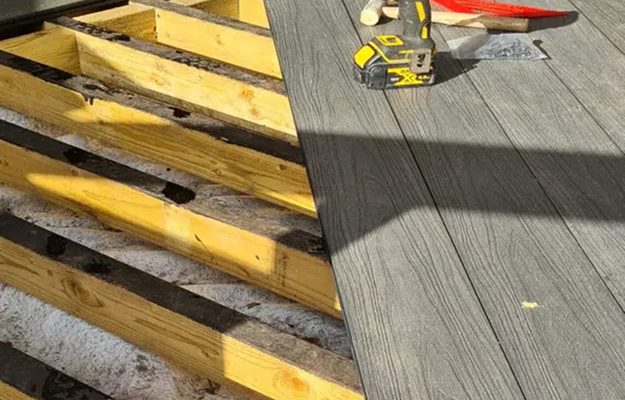
T-clips are installed down the side of each board. Their main advantage is that they allow you to pull up an individual decking board without disturbing the ones next to it. This means if you have a damaged board in the middle of your deck, you can replace it with relative ease.
This is not the case if your boards were installed with metal hidden fasteners. Due to their interlocking design, you cannot simply pull up an individual board. To replace a warped board in the middle of the project, you must start at the edge of the decking and remove all the boards until you reach the damaged one.
This is why we strongly recommend ensuring your decking is installed correctly the first time to avoid significant future costs and effort.
Composite decking does expand—this is a simple law of material science. Understanding the type of board you have and speaking with your supplier before installation is crucial to getting the correct gap measurements.
By respecting this natural movement and following the recommended spacing rules, you ensure that the forces of nature work with your deck, not against it. This is the key to a professional, safe, and durable installation that will last for decades.
 Previous Article
Previous Article
Decking vs. Paving: A UK Expert's Guide to Outdoor Flooring (2025)

Is Composite Decking Slippery When Wet? A UK Expert's Guide